Soweto is actually short for “South Western Township” and was a hub of activity during major Apartheid events. The company we traveled with was kind enough to arrange an outing for us to various historical sites in the area.
Our first stop was the Apartheid Museum and it was excellent! There was a lot of historical information in there and with only an hour to explore (tight timeline), I didn’t get to see everything I wanted to. I wasn’t sure about going here at first but it ended up being my favorite stop of the day.
“To be free is not merely to cast off ones chains, but to live in a way that respects and enhances the freedom of others.” – Nelson Mandela
Europeans Only bench
We all got different passes, randomly assigned to go in the White and Non-White entrances.
Cave paintings of the natives battling the Europeans when they arrived.
And no more pictures of the museum ![]() The museum walked you through the history from the time Europeans started settling all through to the present (basically, since Apartheid ended only in the 1990s).
The museum walked you through the history from the time Europeans started settling all through to the present (basically, since Apartheid ended only in the 1990s).
My favorite parts were learning how people lived and survived and then how they fought back.
After the museum, we headed into Soweto and we stopped at the 2012 World Cup stadium
Me, Michael (fellow graduate student) and Dr. Rana (professor at my school).
We saw a lot of these mounds (mountains) of dirt all around the city. They are called Gold Dumps and are the dirt they dug out of the mines to access the gold. The dirt has to go somewhere! They really define the landscape of the city. They are “Reprocessing” some old ones which means they are moving/being taken down which is funny because your whole view changes!
This was a nice area of Soweto, very suburban. The left picture is of a cell phone tower. They try to make it blend into the landscape. How cool! This area was very nice. Next, we went to visit a temporary housing area where people set up their own little villages. They live without electric in make-shift shelters. They had water taps about the village to provide water for the entire community of 20,000. Housing is a huge problem in Johannesburg, as you can see from these villages that are scattered about Soweto.
One thing I did notice though was how much of a community they were. They take care of each other, watching over the elderly, making sure all the children are fed and have school uniforms. It was a much more close-knit community than anything you find in the US! They struggle but they survive. We gave some donations for the “tour”. It was a little awkward walking through their town, as one person in our group said, its like being at he zoo, taking pictures of the animals. I just hope that the pictures I took will bring awareness. Maybe you can’t help them directly but be thankful for the things you have.
Next, we had lunch at a local buffet style restaurant with home-cooked style local foods. Everything was delicious and we got a second to chat with the rest of the group.
This place was just a short walk to Nelson Mandela’s house where he lived while he fought against Apartheid.
“A partition was built here to divide the kitchen from the living room. This was later replaced with a brick wall which served as a shield against police attacks.”
Bullet holes in the walls and smoke damage from bombs.
From here, we went to the Hector Peteirson memorial just down the road. This was in the 70s (60s?) when a police group fired into a crowd of protesting school children. There is a famous photo of Hector as he was carried away by a friend (left).
So it was a pretty emotional day all in all and very interesting to say the least. I learned a lot about the history in the area. From talking to locals, it sounds like they are still recovering (as it was so recent). It will take time to heal but South Africa seems to be doing well already! Overall, these were all this you need to do if you ever visit.
And to end on a funny/happy note, check out this car that I saw. I am so jealous!
This is the Jeep I just bought! I want it in this color!!! One funny thing I noticed though was that it was called a Cherokee. My truck is a Liberty. They name them differently! I saw a Cherokee (our version) but didn’t catch the name on it. I also found Rob’s next vehicle:
Orange camouflage?!?!? I WANT! Why don’t they sell these cool colors in the US?! Another thing we noticed is that most of the cars were Mercedes and BMW. Are they cheaper there or something? Or does everyone just want a nice car?
Alright, that is it for today’s edition! Tomorrow’s will be the last one but today’s was by far the most interesting. If you are impatient or want to see even more photos that I am posting here, you can check out the photos I uploaded to my Shutterfly site. I even captioned things for you!
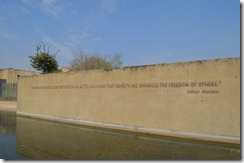
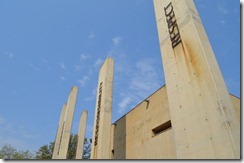
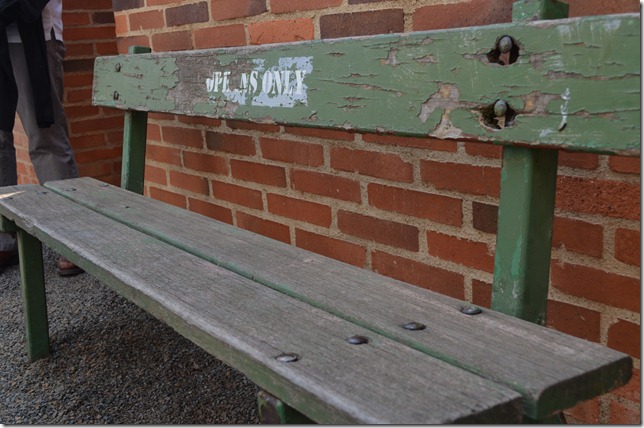
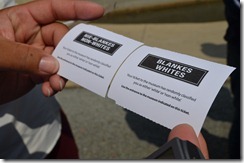
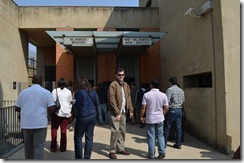
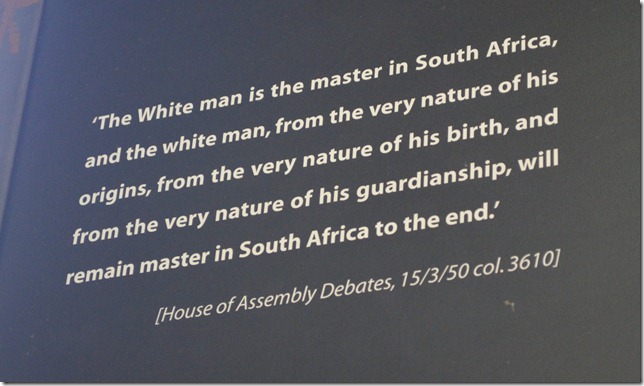
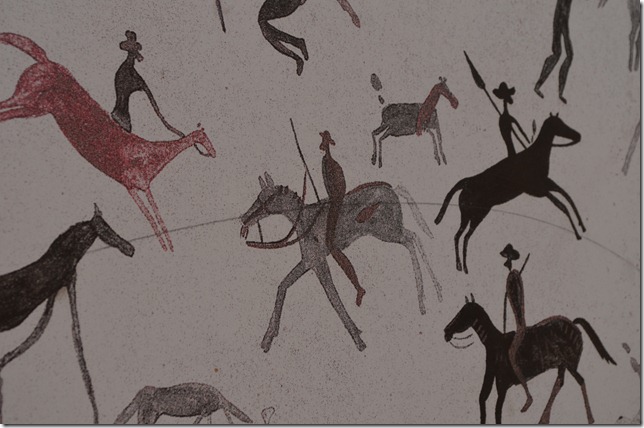
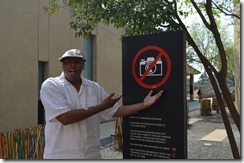
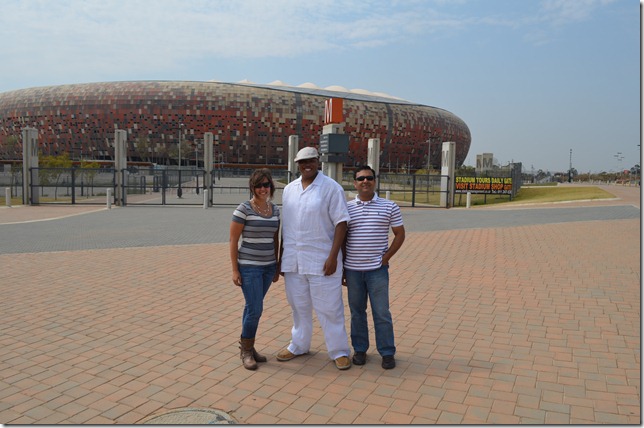
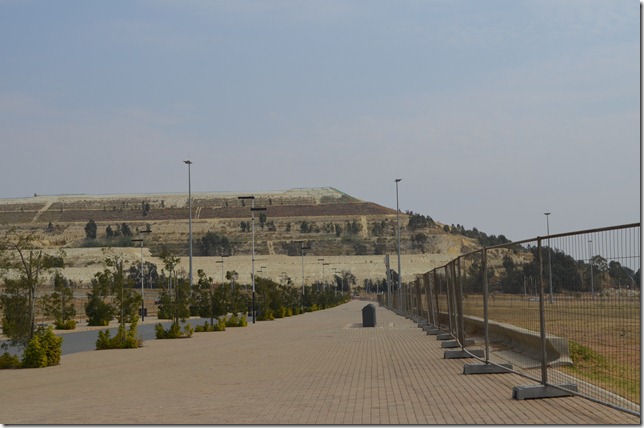
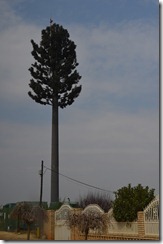
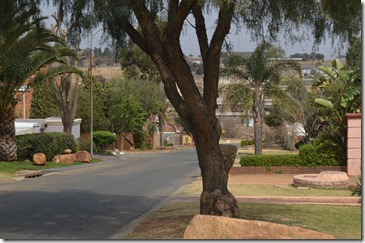
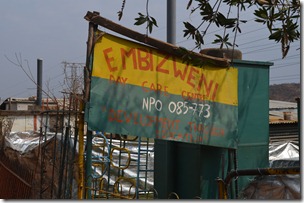
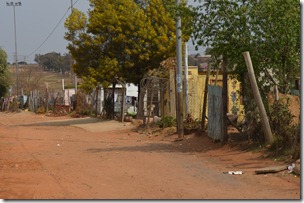
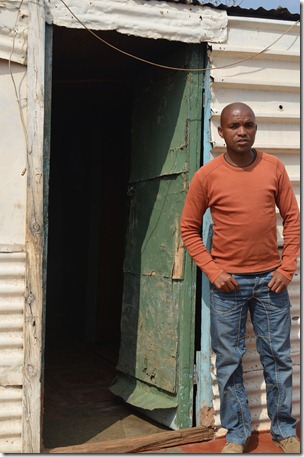
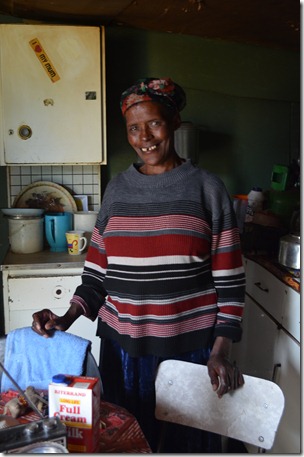
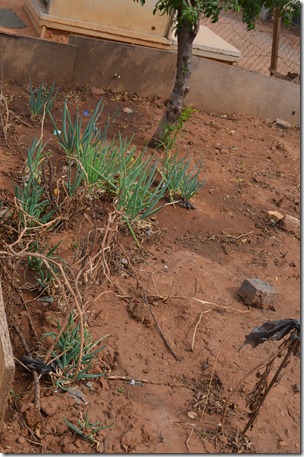
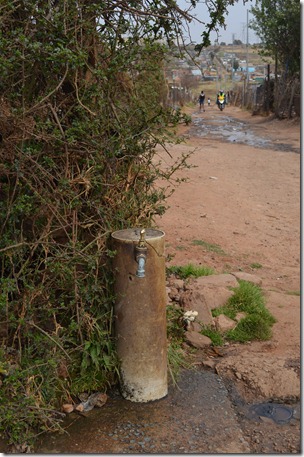
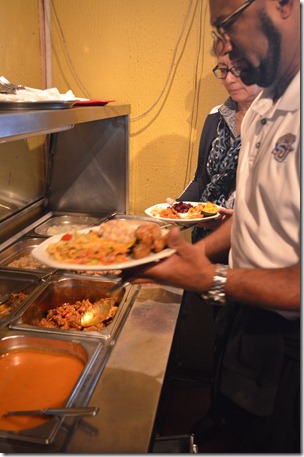
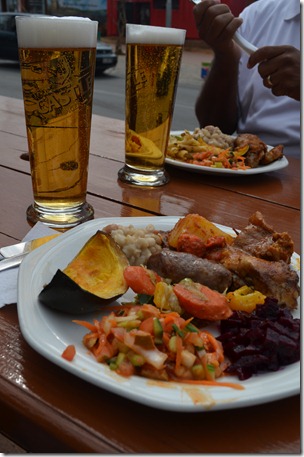
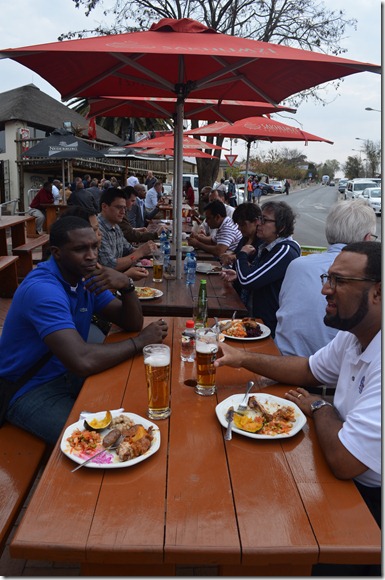
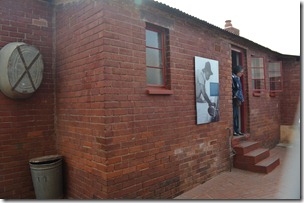
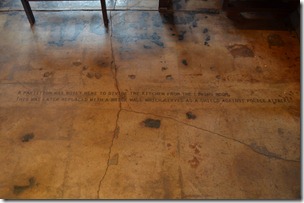
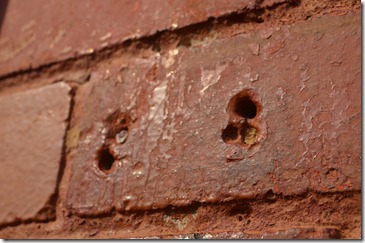
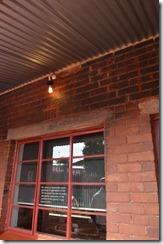
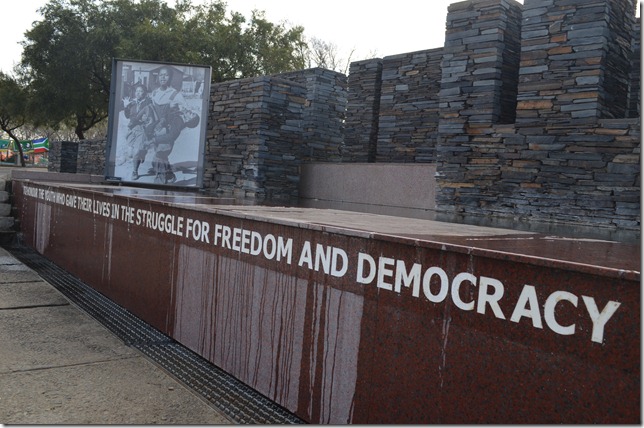
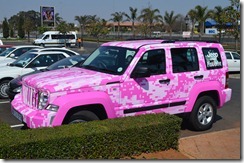
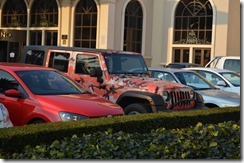
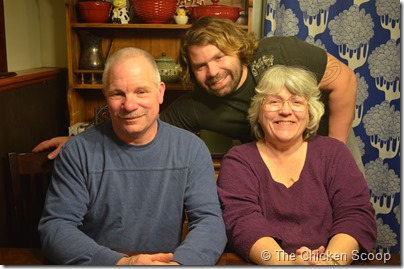
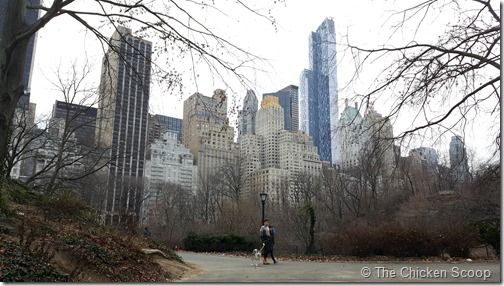
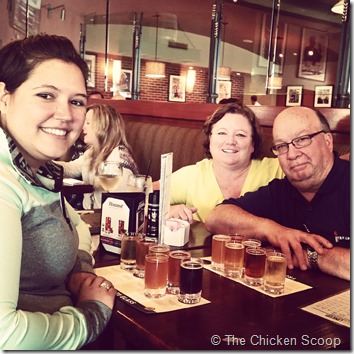
Thanks for sharing…I love you pictures from the village…the woman is wonderful…I just want to hug her and sit and chat!
This is just a FABULOUS post! I love the piccies–all of them and your explanation.
S. Africa has a strong European colonization vibe, as you well know from your tour! In particular the Deutsch connection (which I use to mean Germany but also the Dutch and basically that whole Teutonic area)–which is where those cars are from. In FRG (when they were still separated), my brother owned a Benz as a 20yo nobody. It’s like saying Chrysler to us! Like all former colonies, they share a long trade bond, as well as language and mixed ancestry, etc. In northern African nations, you see the French influence.
I said the same thing about the cars! That the Mercedes and BMW just must be the common car but the people I was traveling with just blew me off and insisted that I was wrong. Even the taxis were Mercedes.
~Ang
what an amazing trip! I love learning about other countries history and events. We never got all that information in school, but to actually be there and be in the same area where it happened, is an interesting feeling